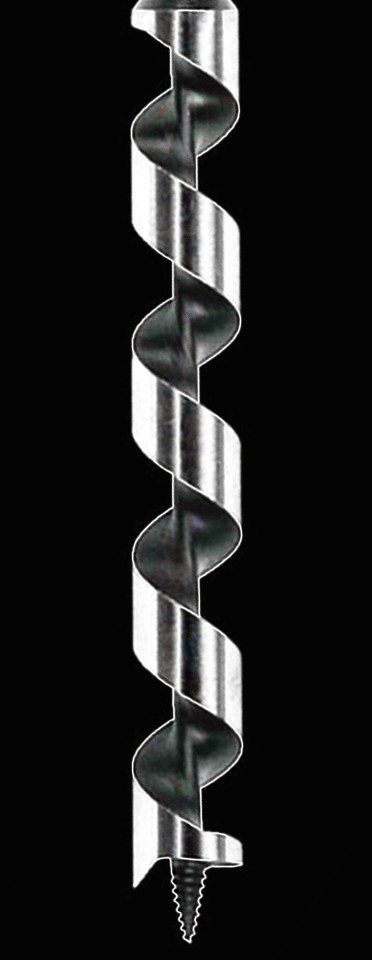CSIRO reports on EV needs
 CSIRO has provided new insights into the future supply and demand of metals critical for the renewable energy revolution.
CSIRO has provided new insights into the future supply and demand of metals critical for the renewable energy revolution.
The scientists say that trajectories for metals used in electric vehicles (EVs) may be more complicated than what is currently accepted.
The report ‘Known Unknowns: the devil in the details of energy metal demand (PDF)’ uses a bespoke tool to look at three EV battery metals (cobalt, lithium and nickel) under three different EV uptake scenarios.
The modelling was undertaken using the Physical Stocks and Flows Framework (PSFF) tool. The PSFF tool uses factors not currently accounted for in traditional forecasts to test the demand and supply assumptions.
“We know that demand for many metals will increase substantially as the world transitions to a low carbon economy,” says CSIRO’s Critical Energy Metals Mission-in-development lead, Dr Jerad Ford.
“But unsophisticated models based on current supply levels and basic recycling rates lead to many mischaracterisations of the real opportunities in both metal mining and recycling.
“They ignore the dynamics of materials flows on a global scale and the expected changes in underlying technologies.”
For instance, it is commonly assumed that demand for newly-mined metals like cobalt and nickel will continue to increase for the foreseeable future, as they are essential for high performance lithium-ion batteries used in EVs.
But by accounting for additional factors such as changes in battery chemistry, quicker EV uptake, and higher levels of recycling, the PSFF tool suggests that, even within the same scenario, new cobalt demand may have an extremely short demand window before an extended glut, while nickel peaks early then falls back sharply, and lithium remains stronger for longer before also trailing off in the out years.
“This challenges conventional wisdom that the demand for these battery metals will mirror each other,” Dr Ford said.







 Print
Print